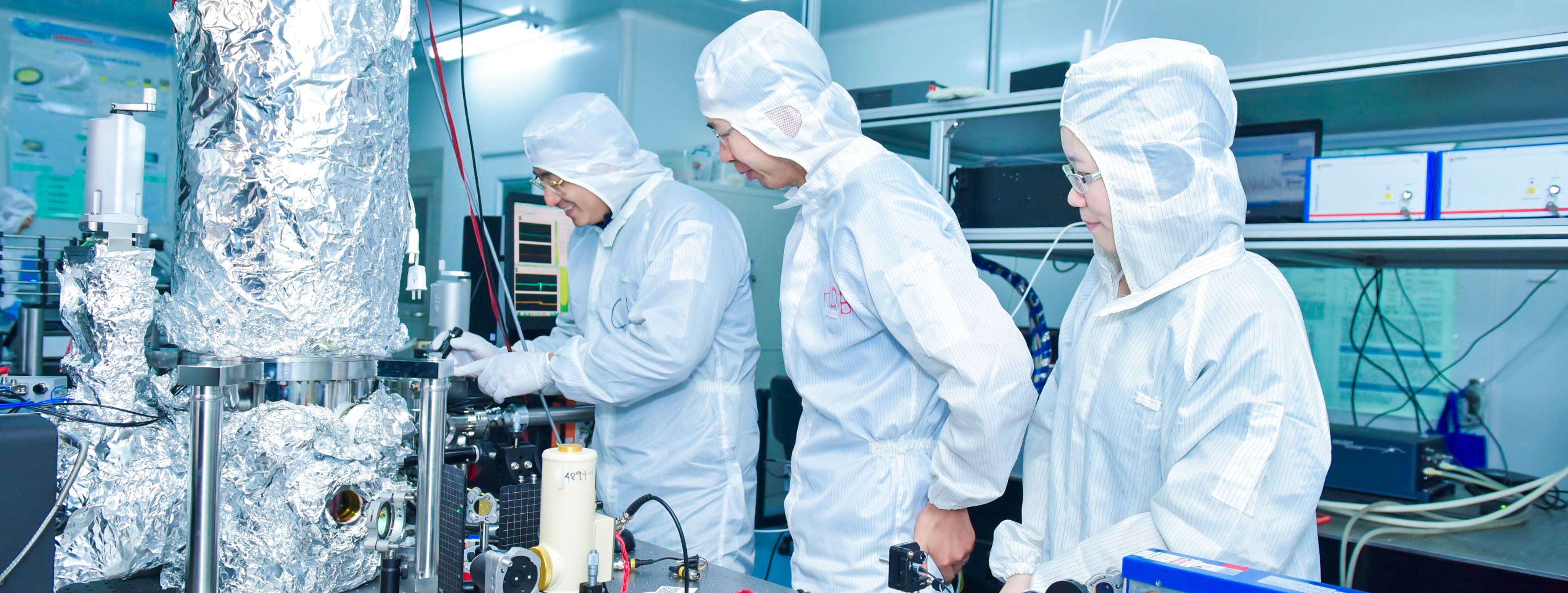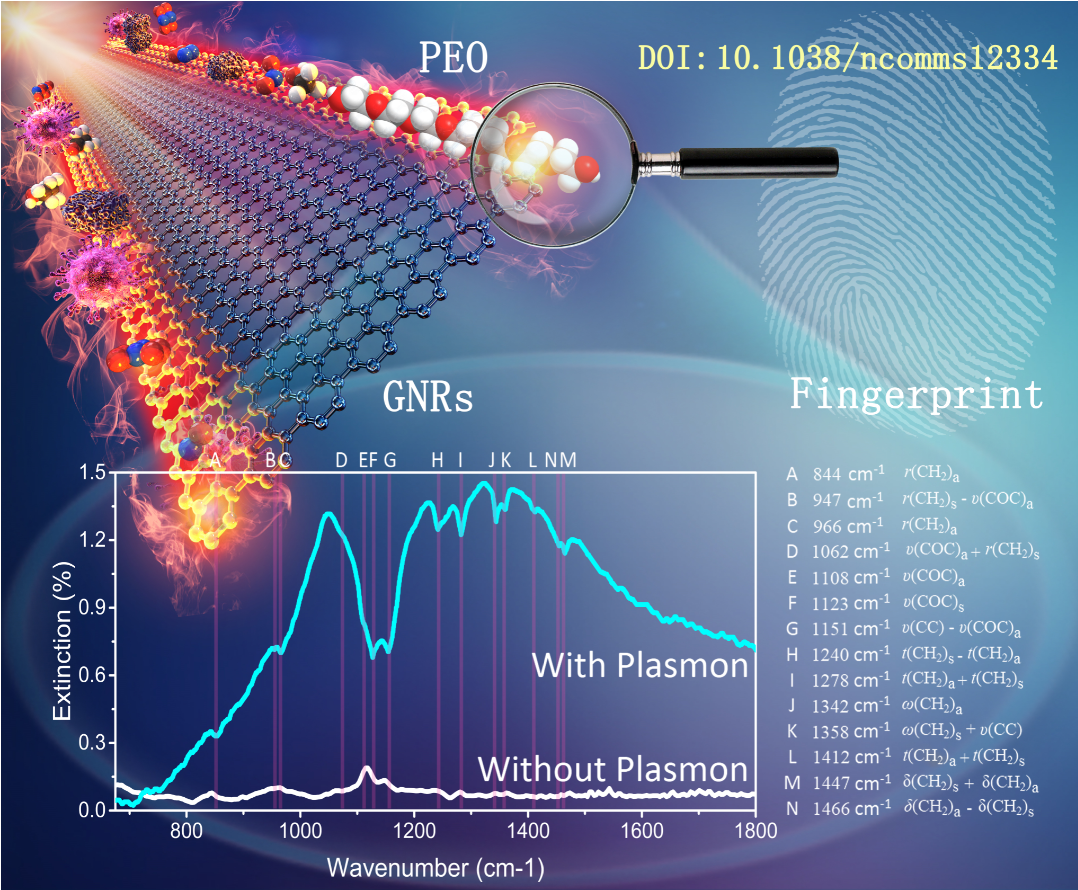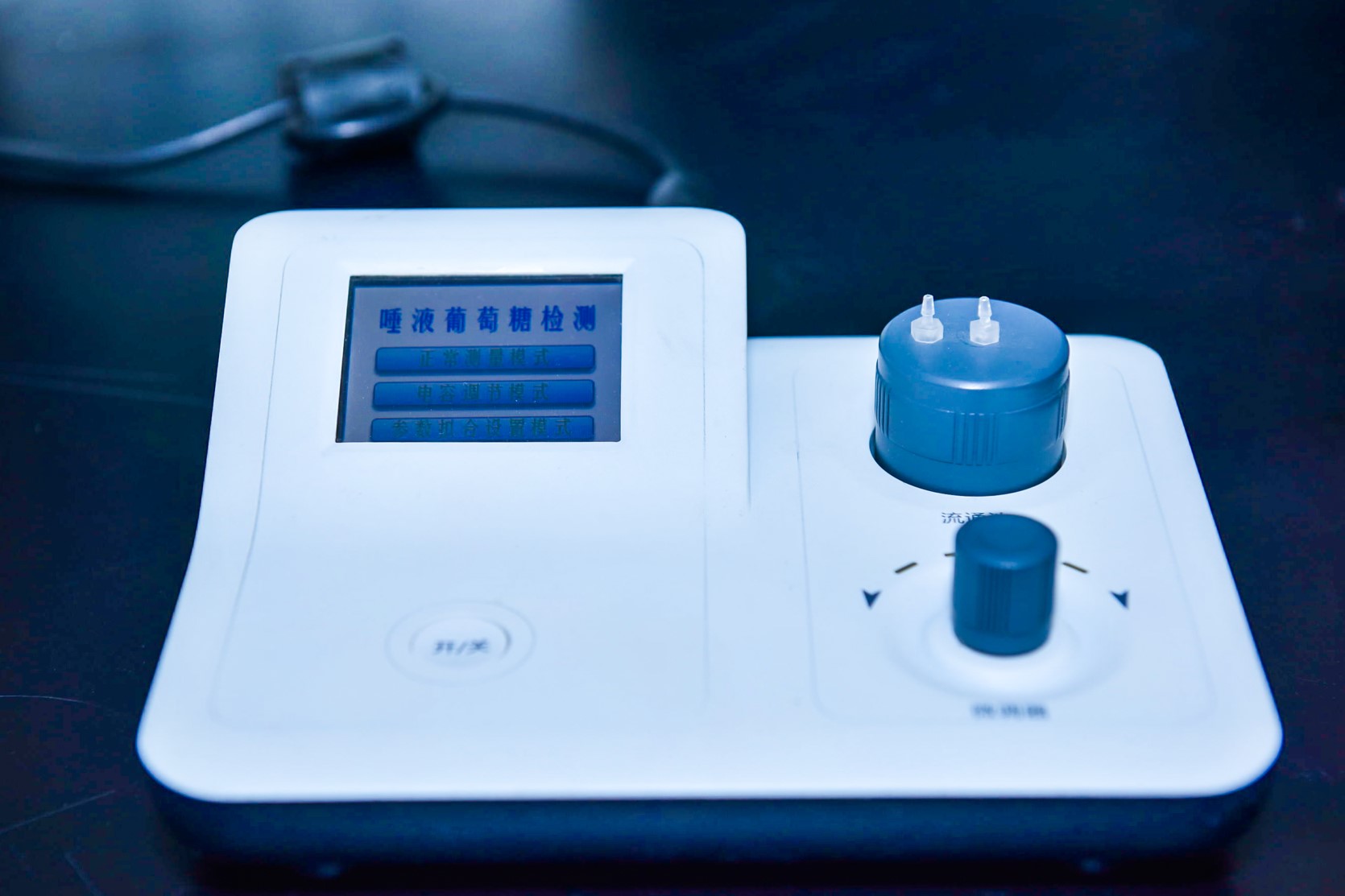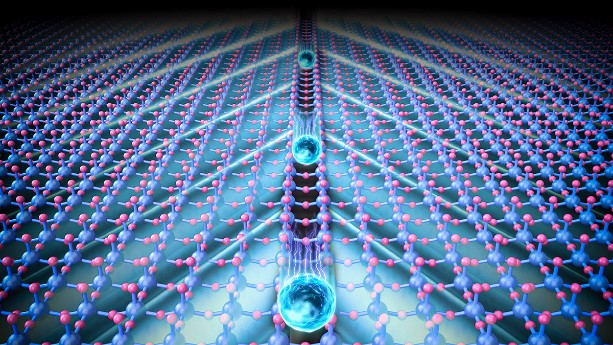Qing Dai, Ph.D Tutor, distinguished researcher of the Chinese Academy of Sciences, Member of the Royal Society of Chemistry, and expert of the Science and Technology Commission of the Central Military Commission.......

Our research group, established in 2013, is affiliated with the Nano Characterization Laboratory of the National Center for Nanoscience and Technology. It is a young and energetic research and innovation team, which is composed of 3 researchers, 1 associate researcher, 1 assistant researcher, 4 engineers and many Ph.D. students, master students, joint training students. The main research fields are: 1. Study on the properties of graphene plasmons and related micro-nano optical ......

Grind precincts and explain precincts for the people

The field emission cold cathode X-ray source based on nano materials has emerged in recent years. It is considered to be a revolutionary new X-ray source technology that can replace the hot cathode technology. It has many advantages such as high spatial r

Graphene plasmons have high compression ratios, great local optical field enhancement, and are electrically tunable (tunable from terahertz to mid-infrared). However, due to the single-atom-layer two-dimensional structure of graphene (each atom is in a s

Quart Crystal Microbalance (QCM) is an ultra sensitive mass sensor

In nanophotonic systems, polaritons are a special electromagnetic mode formed by the interaction between incident light and the material surface interface, which can achieve the transmission and processing of optical information at the nanoscale. Polarize

The research team observed inverse Cherenkov radiation from phonon polarized excitons in the natural molybdenum oxide type I hyperbolic band. It was found that the distribution of the inverse Cherenkov radiation can be asymmetrically reshaped by changing

Nanoscale optoelectronic fusion is an important development route for future high-performance information devices. How to precisely manipulate light at the micro-nano or even atomic scale is one of the key scientific issues. The research team of Dai Qing,